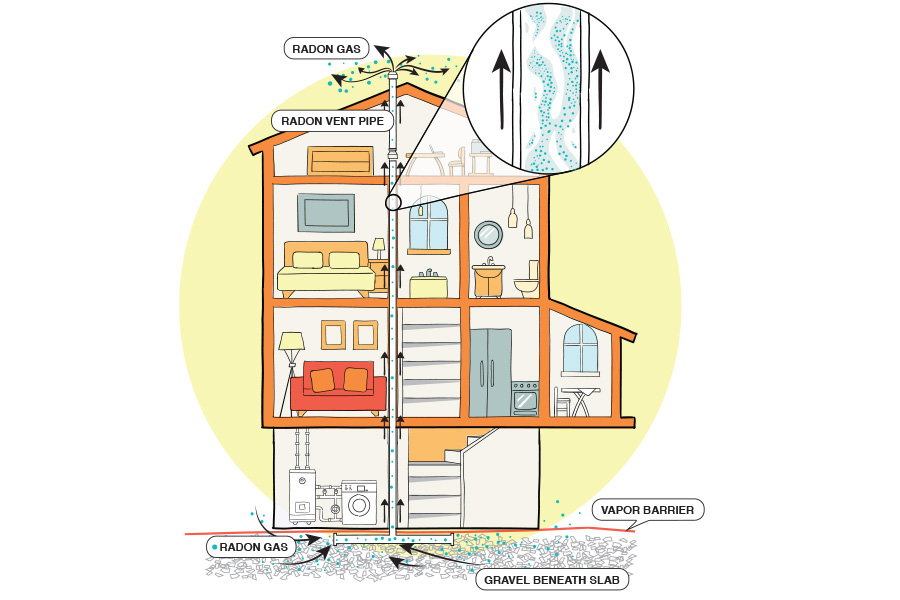When the bright summer sun peeks through and sunbathers take to
the beaches, skin
gets burned. Plants are a bit like that, too.
When you first take outside the plants you stored indoors over
the winter, or seedlings
you’ve rooted inside, treat them like your own skin. Reintroduce
them to the hot
summer sun slowly, or they too will get burned.
“Don’t put them in direct sunlight right away,” said Paul
Thomas, a horticulturist with
the University of Georgia Extension Service. “It will burn
leaves not used to high
light.”
Thomas also advises keeping them moist because they will dry out
faster outside.
“You need to protect the plants from strong winds until new
growth is established,” he
said. “Most houseplants prefer dappled shade under trees.”
When you move plants outside, the leaves aren’t the only parts
that need attention.
Check the roots, too.
“Repot any root-bound plants when you move them outside,” Thomas
said, “usually to
a pot two inches larger all around the roots.”
After you put the plants into a bigger pot with fresh potting
mix, fertilize them with
one-quarter-strength fertilizer. Check for good drainage and
water them thoroughly.
“Some plants will also need old leaves removed,” Thomas said.
Thomas always recommends repotting into clay pots.
“They allow better air flow, better drainage and just look
better,” he said.
If you started your seeds inside and are ready to plant them in
your flower bed or
vegetable garden, break them in gently.
“Shade, shade, shade is the key,” Thomas said. “Keep them shaded
for a day or two
until turgid (filled out), then give them dappled light and
slowly move them into longer
and longer sunlight.”
Remember to water seedlings more as you give them more light.
“The whole process should take four to five days for vegetables
and about two weeks
for ornamentals,” Thomas said.
If you managed to save ferns through the winter, they may be
thickly thatched with
straw.
“Cut all the straw out, leaving any green leaves,” Thomas
said. “New growth will flush
after a week or two under dappled shade if you add a quarter
fertilizer and water.”




